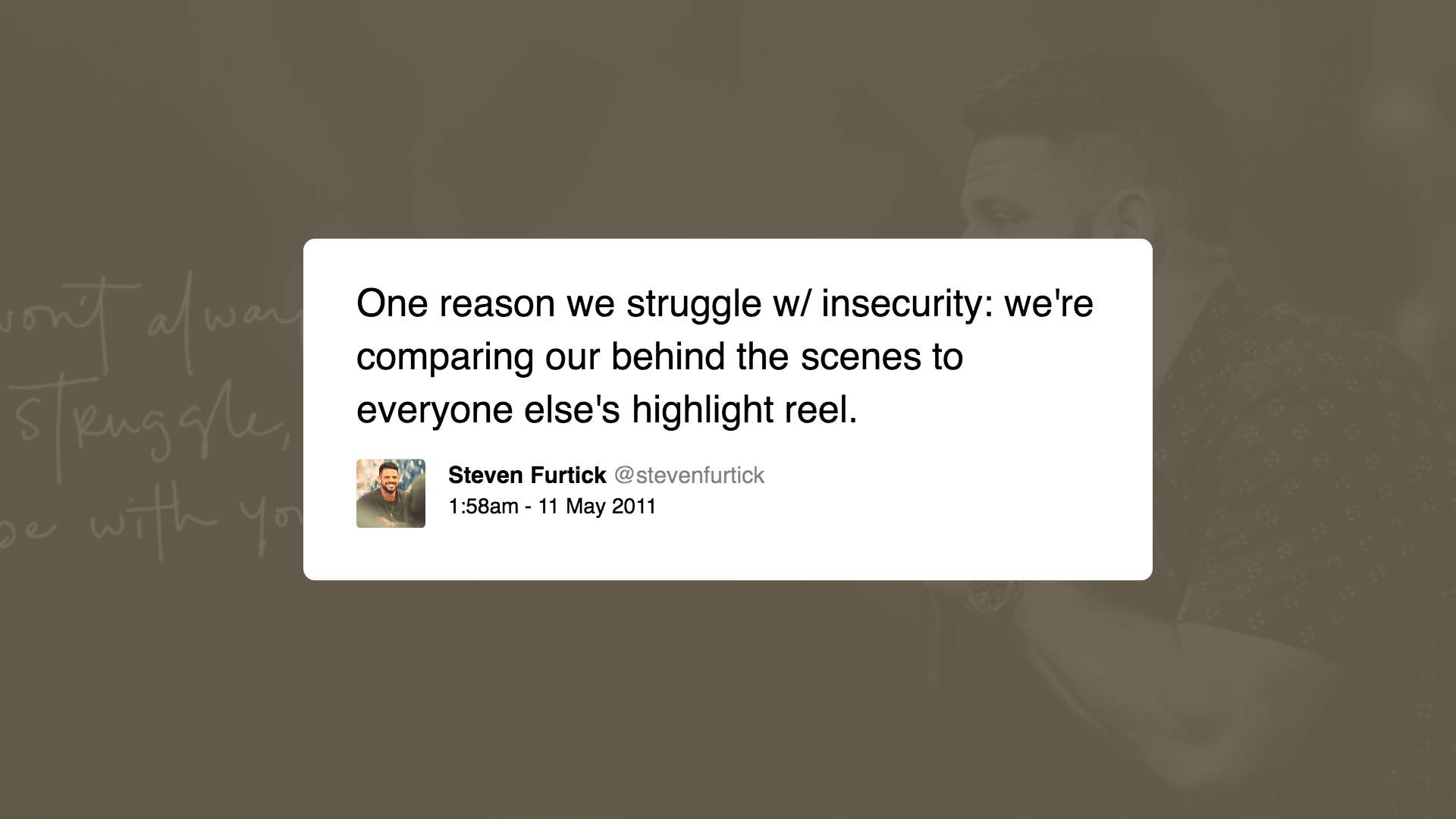Shiny machines & highlight reels
There’s a saying that’s become popular in the age of social media: “Don’t compare your behind the scenes with someone else’s highlight reel.”
I mostly come across this in reference to either startup journeys or to Instagram shots of someone laying on a beach at 10am on a Wednesday drinking a kombucha latte. But it’s also a big factor in a lot of the every day work that we do, and can play a big role in mentally motivating you (or demotivating you) to do great work.

I definitely caught myself falling into that trap during this week. I’ll admit it: I’m not the most enthusiastic person to be writing up a strategy document in Google Docs. I’d much rather be designing an interesting experience or coding something that blows up the graphics processor on your laptop (ideally both). But at a fast-growing startup like Canva there’s lots of interesting problems that can be solved through communication and by helping to develop processes that enable the team to scale i.e. writing strategy documents in Google Docs.
So, I sat down to write up what growth and development for a product designer at Canva looks like.
When taking the first step towards creating something – big or small – it’s easy to compare what you’ve done (i.e. nothing) with the shiny machine that someone else has built that already does exactly what you want. That shiny machine seems like the perfect solution: “The way they build their products is so smooth!” “Their hiring process is kickass!” “Their design system is totally nailing it!” And yet, every shiny machine breaks down, requires oil, and has a mysterious sequence of buttons you have to press in order get it to connect to wifi. But people don’t write about that. Nor do they write about the 30 other dented, rusting prototypes that are lying under a sheet at the back of the workshop.
The aim isn’t really to have the shiny machine – generally, if you take someone else’s shiny machine and plonk it in your office it just won’t work. The aim is to make the 30 prototypes and figure out what works in your situation. It’s the learning and the collection of knowledge that is the valuable stuff, not the shiny machine that you end up with at the end.
So what does this mean? Two things:
1. Don’t be seduced by the shiny machine. People build their machines for their companies and their people. Using that machine does not put you on an even footing with them – they still have the massive advantage of the learning and knowledge that they gathered to make it. The promise of the shiny machine is that you won’t have to do the work, but really, you have to do the work. So stop procrastinating and start typing.
2. Bias towards iteration. Finding out what works and what doesn’t requires you to try lots of things and be comfortable with imperfection. You won’t end up with a shiny machine straight away, but each thing you try brings you one step closer.
So, what does growth and development for a product designer at Canva look like? I’ll let you know when our machine is nice and shiny 😉
 Cameron Adams is a co-founder and Chief Product Officer at Canva, where he leads the design & product teams and focuses on future product directions & innovative experiences. Read a bit more about him ›
Cameron Adams is a co-founder and Chief Product Officer at Canva, where he leads the design & product teams and focuses on future product directions & innovative experiences. Read a bit more about him ›